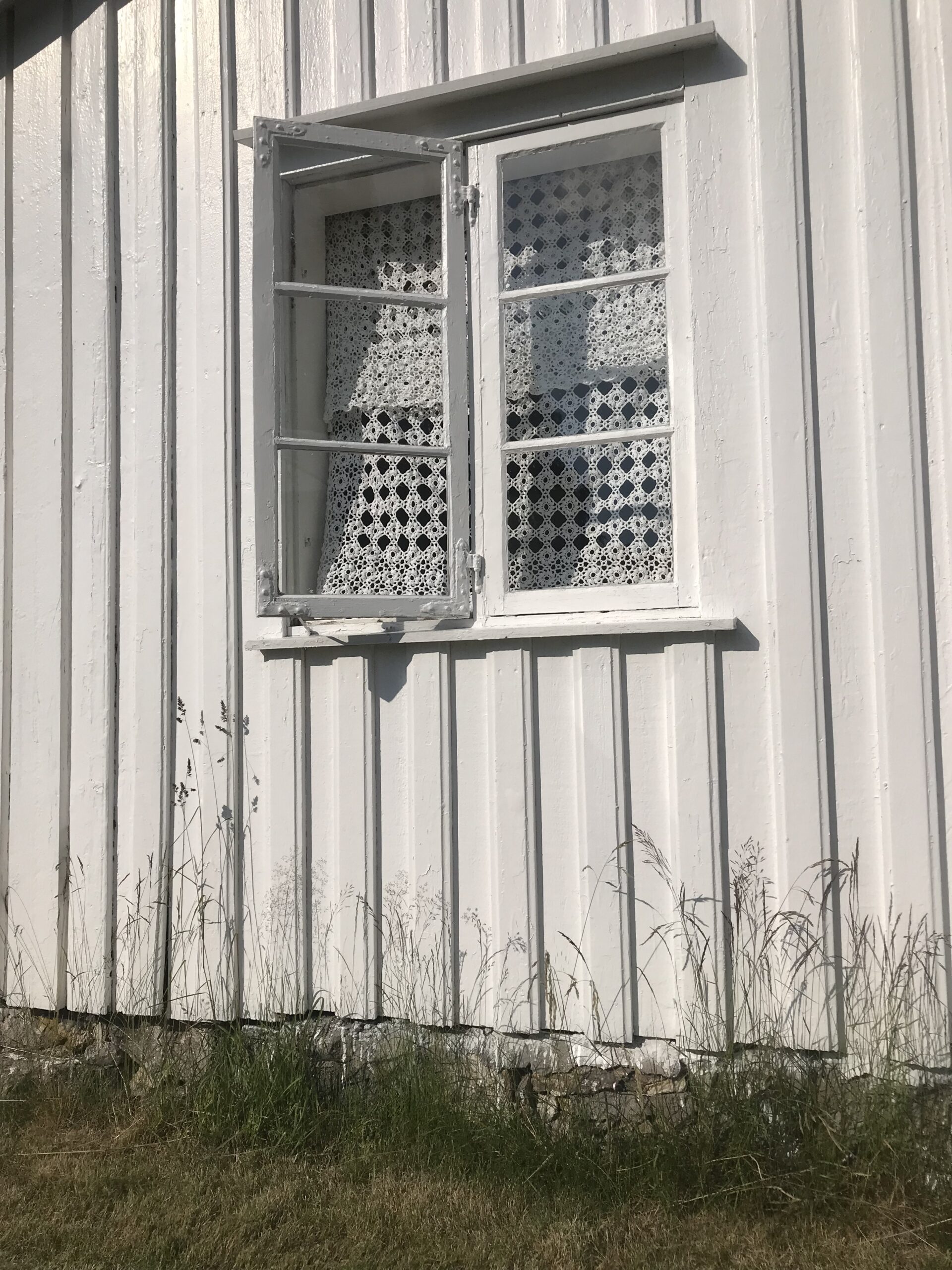The best garden in Brooklyn is like Fred Astaire
Charming but inaccessible.
A private creation for public viewing.
I look down into it from my living room,
Its spilling vines and spruce hedge-tops lend cachet to my garden.
Yet a high fence keeps us
Properly separate.
As does the rusty chain link gate on the street side,
which is only opened for
Tree-trimming and the like.
At all hours, people stop there,
A mother with a baby in a kangaroo pouch
A nuzzling couple
Or the smoking nurses from the doctor’s office on the corner.
They admire its miniature Englishness,
The illusion of symmetry
that makes its beauty so enigmatic
And wonder who made such a refined thing
For our coarse Brooklyn eyes.
For years
A slender Englishman with large eyes and a rich voice has tended it
so inobtrusively that his work never seemed to change a thing,
Like those artful individuals who get their hair cut before
anyone
Notices unruliness.
The centerpiece, a weeping cherry tree, looks like the crown of a girl’s head.
The whip-like branches sprout from one spot.
In spring, when the pale blossoms cluster toward the bottom of the
bare branches,
I think of the tree as a slender-necked black girl
Who has weighted her many braids with white beads.
She, too, always seems to have perfect hair.
Bella figura
Isn’t that what the Italians call taking such trouble to look
Right in public?
The cherry tree has bella figura,
The garden has bella figura.
And we’re an old Italian neighborhood—
Even if not many of us are Italian these days.
So we appreciate it.
Hey, what’s with the shaggy grass,
the drooping stalks,
flowers gone to seed,
roses turned brown on the stalk?
The slender man with large eyes,
Who laughed off the compliments people lobbed over the fence
as he stood on his ladder
Blaming his gift on luck or a good year for iris,
Slipped away over the summer,
Discreet as ever. And left us,
Mouths open like fish, saying, “Wait—”
Did we forget to say how much we love it?
How rude.
We should have told you
We put our faces up to it in August for the cool air it exhales
when the concrete sidewalk is burning us up.
And that after a long winter,
The sight of you on your ladder
Was a surer harbinger of spring
Than we’d find in
Any almanac.
Julia Lichtblau is the Book Reviews Editor for The Common.
Photo by author





